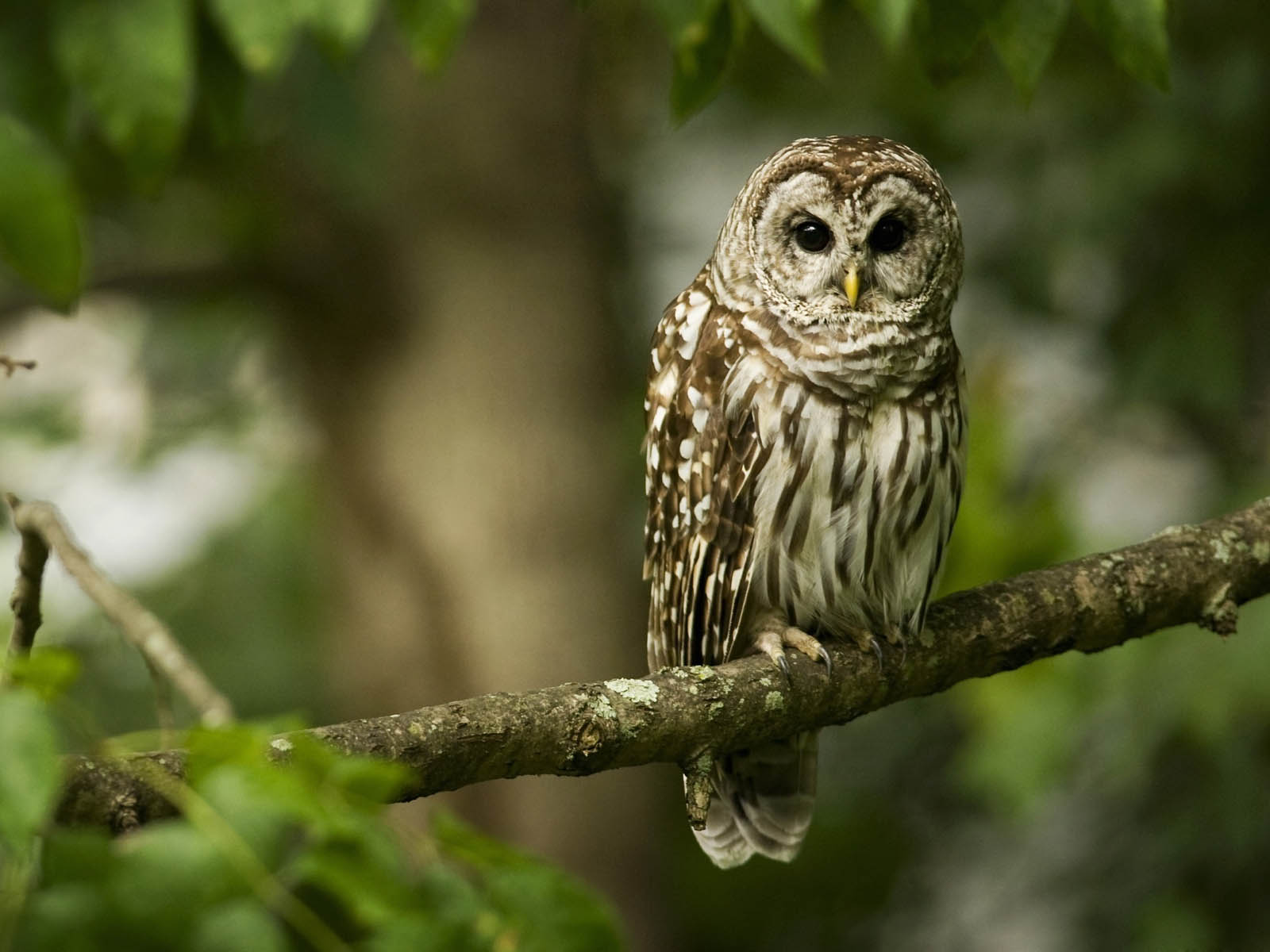
Owls are generally solitary creatures, and favor tactics that do not require teamwork. Owls have excellent night vision, and are nocturnal creatures by nature. Owls will stalk their prey from above, using their excellent night vision to hone in on where the meal-in-waiting is before swooping down to collect their meal. Owls have incredibly strong talons which they use to immobilize their prey after they catch it. Owls often transfer their food directly from talon to mouth as they tend to swallow their prey whole.
Owls come in all shapes and sizes. The largest, the great horned owl, can grow to be 18-27 inches in size. The smallest, the elf owl, can grow to be 5-12 inches. Owl feathers are typically colored to match their habitat. The great horned owl of North America is colored brown to match its habitat, but the tawny owl, colored similarly to its name, matches its desert habitat. Their beaks are designed to open wide enough to allow to swallow their prey whole, along with strong talons to capture and immoblize their prey.